An Interview about the project: The Museum of Political History of Which No One Speaks (In Memory of Stas and Nastya) conducted by Freya Powell
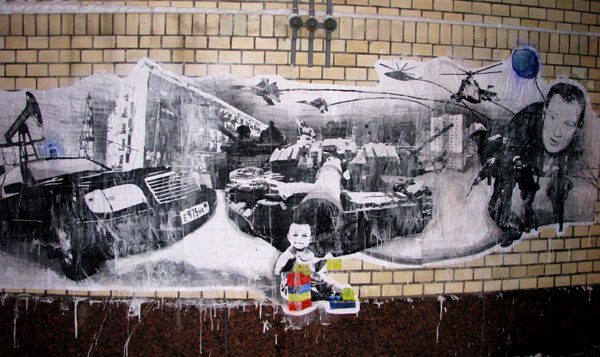
A while back we posted about a public art project in St Petersburg Russia. Freya Powell conducted this interview in March 2010 via email with artists in St Petersburg Russia who knew about this project. This is its first publication.
On January 19th, 2010, two political groups, Anarchist Artists of Petersburg and Autonomous Action-Petersburg worked together to create a large-scale public art piece on the walls of The Museum of Political History in St. Petersburg. This institution is dedicated to documenting “the formation of political culture in contemporary Russia.” This was a site-specific action as a means for publicly commenting on the contradiction of this institution. The artists/activists involved felt that the museum “made it a habit of not talking about the key moments in the real political history of recent years. It is precisely this history that is silenced nowadays: the history of the formation of an authoritarian state with a fictitious constitution; the history of the leveling of fundamental democratic freedoms; and, of course, the history of continuous political murders.” (where is this quote from??) This museum serves the needs of the state rather than the people in creating a history in which events that reflect badly on the state are not remembered or spoken about.
This public art action took place on January 19th in order to memorialize and remind the public of the murder of two human-rights activists on that date the previous year. The well-known human rights lawyer Stanislav Markelov (Stas) and the anarchist journalist Anastasia Baburova (Nastya) were murdered in cold blood in downtown Moscow after a press conference about a case Markelov was working on. As Markelov and Baburova were leaving the press conference, Markelov was shot in the back of the head and was killed instantly. Baburova was also shot but died a few hours later in the hospital. Markelov’s death confirms that speaking up, as a defender of human rights, is highly dangerous in Russia. Mikhail Trepashkin, a colleague of Markelov, commented that this murder proves “yet again that in our country it is dangerous to be a defender of the rights of the people, if the opposite side is the – state or people near to it.” Markelov worked on many human rights cases and represented the family of a young girl in Chechnya murdered by Colonel Budanov, a Russian military officer convicted of war crimes in Chechnya.
Anastasia Baburova was a journalist, originally from Ukraine, who was training with Novaya Gazeta, a newspaper that primarily covers human rights issues. She was a student of journalism at Moscow State and also a member of Autonomous Action. She was the 4th Novaya Gazeta journalist to be killed in recent years. Politicized people believe the journalist’s murders were orchestrated by the state as a way of silencing its critics. Two Nazi-activists were arrested in November of 2009 as suspects in the Markelov/Baburova case.
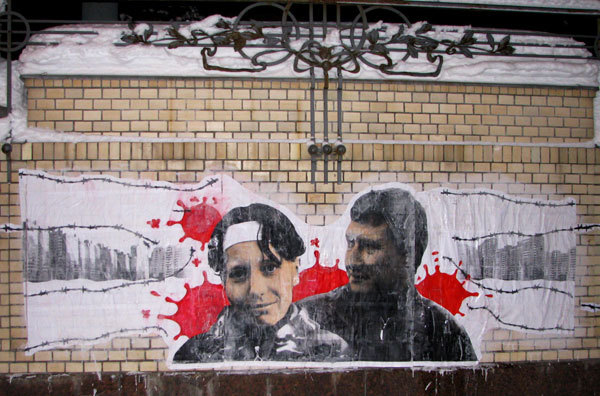
Here is an interview with Anarchist Artists of Petersburg and Autonomous Action- Petersburg about the action that I conducted through email in March 2010:
Can you tell me a bit about Anarchist Artists of Petersburg and Autonomous Action- Petersburg? Do the two groups collaborate often?
The group Anarchist Artists has existed in St. Petersburg for several years. Initially, the group’s members participated in different art-groups from different cities of Russia (Moscow, Novosibirsk). One time they were all in St. Petersburg and began to organize together, united by a common view on the tactics of art activism. Autonomous Action-Petersburg has existed in St. Petersburg since 2009 and is part of the All-Russia Federation of Anarcho-Communists “Autonomous Action”. Anarchist Artists and Autonomous Action-Petersburg regularly do actions together. In fact, no one believes in a strict separation, there is mutual cooperation and mutual assistance between the groups.
Is there a strong radical/ Anarchist movement in Russia at the moment?
It’s possible to say that the anarchist movement in Russia has not had a long tradition (the modern movement started in the late 80’s) and is not big. Russia is a very large country, therefore communication between local groups is much more difficult. Local affinity groups in different cities vary greatly in their tactics. Art-groups exist in St. Petersburg and Novosibirsk, and a strong squat-group exists in St. Petersburg. The Moscow anarchist groups are more focused on traditional tactics (social actions, eco-activism, demonstrations.) In the small cities anarchists are mainly concentrated on street anti-fascism and Food not Bombs. The size of the anarchist movement in Russia is also difficult to judge. In big cities like Moscow and St. Petersburg – it is 200-300 people. In other cities groups may have a few dozen people, or just 2-3 activists, depending on the local specificity.
How many people were involved in the action?
In our action, dedicated to 19 January, around 20 activists took part. We were separated in small groups of 3-4 activists, each group dealt with their fragment of the wall. Some people took photos and video.
You mentioned in your communiqué that “traditional political actions no longer attract people today” and that in your view the most powerful/effective action is street art. What has been the public response to the action?
Traditional actions actually occur quite often and mass media often do not even make reports about them. The public response to our action was quite wide, but the evaluation was very different. Some people admired it and were thankful, but some people said that this is vandalism and defaced the walls of the architectural monument. Our position on this issue is clear – the concept of “vandalism” – is a trend that is used by the authorities to control the visual situation in the city. Vandalism can be called anything – from simple tags and graffiti to really interesting street-art. We are not going to make excuses. We believe that talking about the memory of victims of political killings, as the defacing of an architecturel monument is an example of political hypocrisy.
Why did you choose to wheat-paste a poster instead of something more permanent like spray-painting a stencil? Is the art still up?
We chose the posters because they are easy to produce. The preparation for the action took one week. So, of course, we did not have enough time to make a stencil the length of 14 meters, for example. Unfortunately, our posters were removed quickly, but to this moment our action got wide public response.
What materials was the poster made from? Was it collectively made or is there one artist?
The poster was printed on simple sheets of paper (A4 format.) All the sheets were numbered, and using these numbers we glued parts of the pictures together. We had one wall that was 1.5 meters x 1.1 meters, and 4 walls that were 1.5 x 4 meters. For every 4 meters of wall we glued the pictures separately (3 parts for the 3 big walls, and 2 parts for last wall with pig, because the picture there was smaller), so we could combine them quickly during the action.
The pictures for the posters were made by three people, it was a collective work. At first we decided what would be on every part of wall. We used the Internet, Corel Draw and Photoshop to create the imagery. And after that there were maybe 5 more people who helped us to glue parts of the poster and to paint some elements of the picture.
Are these kinds of actions highly criminalized in Russia?
It’s called “vandalism”. We do not agree with this, but the law exists. Nearly two years ago you could put political posters up and have no serious problems with police, because by the law it was the same as you putting up an advertisement. You could have problems, if you did graffiti or a stencil using paint, it was “vandalism”, when you “desecrate” or “damage” something, but not very serious. But now the law has changed. You’ll still have problems if you paint a stencil, but if you paint or put up something political, your problems will be more serious. If the police detect you, and if they decide, that your poster is political, you could go to jail or have your freedom limited for up to three years.
Did the Museum of Political History publicly respond to your action?
Yes. They said that they didn’t support our methods but they support our purposes and our ideas.
Can you talk about the relation between the people depicted in the action?
The main idea of the poster is: the contemporary political system does a lot of bad things to common people and political activists. Stas and Nastya tried to struggle against it and were murdered. Between the war and city panel we see a man in black, who controls all of that. His “dogs” are militant helicopters and policemen. On the “war” picture there is Colonel Budanov, who raped and killed a Chechen girl (Stas was the lawyer for her family.) On the left part of the second picture there is Major Evsukov, who murdered three people in a Moscow supermarket (nine people were wounded, three of them died) and Alexander Dugin, who is a neo-fascist philosopher. On the right part there is Alexey Olesinov (“Shkobar”), who spent one year in prison, because he is an anti-fascist (his case “hooliganism” was fabricated.) The pig in the last picture is a portrait of the common citizen, who watches TV and thinks that everything is OK.

Is there much public support for radical action?
Now everything which is connected to “Antifa” is very popular in the media. This happened because of mass radical actions. People know that a lot of “Antifa” are anarchists. Journalists speak about anarchism too, but a lot of common people still think that “fascists and antifascists are the same shit”, just young people from the streets who like to fight, and all problems with fascism/antifascism are just part of a subculture. But more and more people are starting to think about the political situation critically.
Did the deaths of Stas Markelov and Nastya Baburova get attention in mainstream media? Was there a public outcry?
Yes. But if the anarchists and antifa didn’t do mass radical actions, this attention would be not so big. After those actions the mainstream media couldn’t be silent.
What is happening now with the case?
At the moment, the police have found and imprisoned the killers of Stas and Nastya – two members of the neo-Nazi organization “Russkiy Obraz” (“Russian Image”.) However, there is considerable doubt about whether they are the real killers. It seems, that the authorities simply decided to find “scapegoats”. This murder was beneficial primarily to the authorities and police structures, as Stas was a very famous lawyer defending political activists and exposed the policy of the authorities.
The imagery used not only directly points at the state’s protection of criminals with which it is associated, such as Colonel Budanov, and killing those working against it, Stas and Nastya, but also calls attention to the citizens. Using a pig to depict the public makes for an interesting contrast from the American use. While in the United States a pig commonly represents a police officer, in this public art piece it is used to comment on the general public as a consumer. Fat and happy to absorb itself into television culture, the pig/public consumes the news and information provided by the mainstream media rather than critically thinking of what they are fed.
The images, created in Photoshop and printed out on A4 format paper give the work a quality of accessibility. These materials are relatively easy to come by and show that this work could have been done by anyone. The mechanization of image making created a democratic medium for artists to use to make multiples as well as images that are now comparatively easy to produce. By bringing the work into the street, the artists break away from the tradition of art existing in institutions and private spaces. The public is also intentionally engaged, and by using controversial images, a forum is created for critique using public space.
This public art action serves as an effective intervention in highlighting how the state refuses to acknowledge certain political histories. Working directly on the walls of an institution that represents the control the state has over the political climate is a bold action. Using images of these activists and Colonel Budanov gives the people of Russia, who are perhaps not cognizant of the systematic wiping of memory, a glimpse of the real political history of Russia. This action successfully forces the public to question their reality and understanding of the political machine in which they live.
Bibliography
“An interview with Autonomous Action by Danish Autonom Info Service.” Online posting. 16 February 2009. http://slackbastard.anarchobase.com/?p=1701
“The Museum of Political History of Which No One Speaks.” Online posting. 1 February 2010.
http://www.avtonom.org/en/node/6907
”Day of solidarity with Russian antifascists.” Online posting. 22 January 2010.
http://avtonom.org/en/node/6967
“21.09.2009 | Report from General Assembly of Autonomous Action.” 21 September 2009.
http://www.avtonom.org/old/index.php?nid=2738
“R.I.P., Stanislav Markelov (1974-2009).” 19 January 2009. Robert Amsterdam: Perspectives on Global Politics and Business
http://www.robertamsterdam.com/2009/01/grigory_pasko_rip_stanislav_markelov_1974-2009.htm
“A human rights advocate is murdered in Russia–yet again.” 24 January 2009. Forbes.com
http://www.forbes.com/2009/01/24/markelov-murder-budanov-oped-cx_ds_0124sidorov.html
“Stanislav Markelov”, Wikipedia, The Free Encylopedia. 13 February 2010.
http://en.wikipedia.org/wiki/Stanislav_Markelov
“Anastasia Baburova Killed in Russia.” 1 February 2009. BabelTallinn
http://tallinn.cafebabel.com/en/post/2009/01/20/Anastasia-Baburova-Killed-in-Russia
-James
“Anastasia Baburova’s Parents Speak Out.” 19 January 2010. Robert Amsterdam: Perspectives on Global Politics and Business
http://www.robertamsterdam.com/2010/01/anastasia_baburovas_parents_speak_out.htm
“Anastasia Baburova”, Wikipedia, The Free Encylopedia. 16 February 2010.
http://en.wikipedia.org/wiki/Anastasia_Baburova




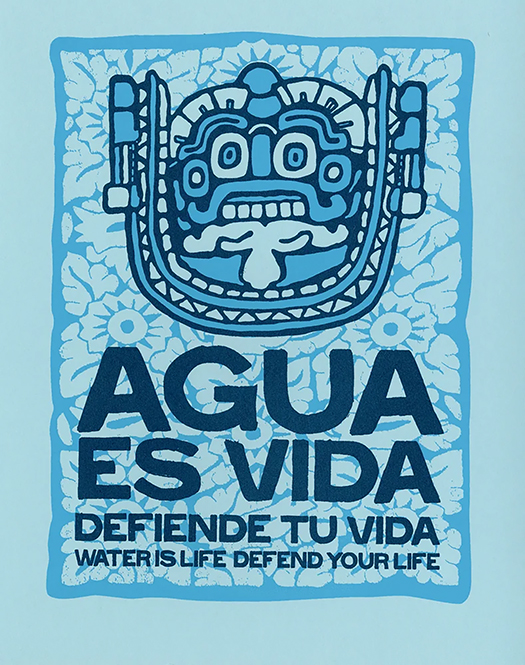
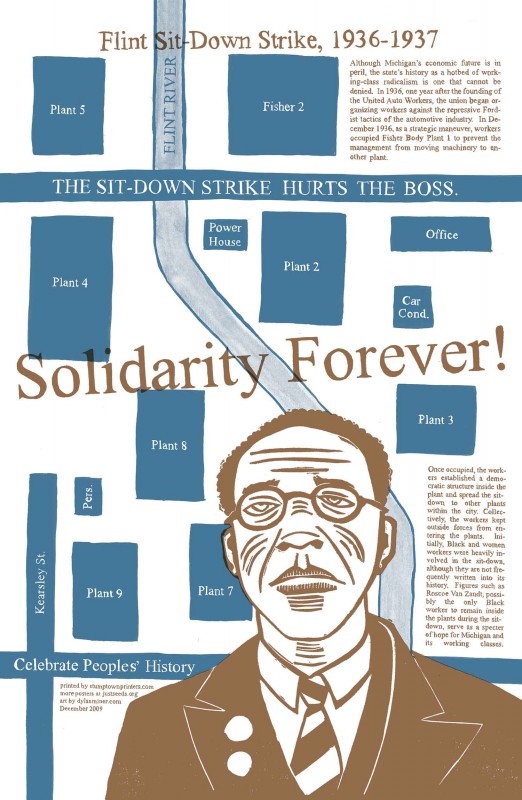
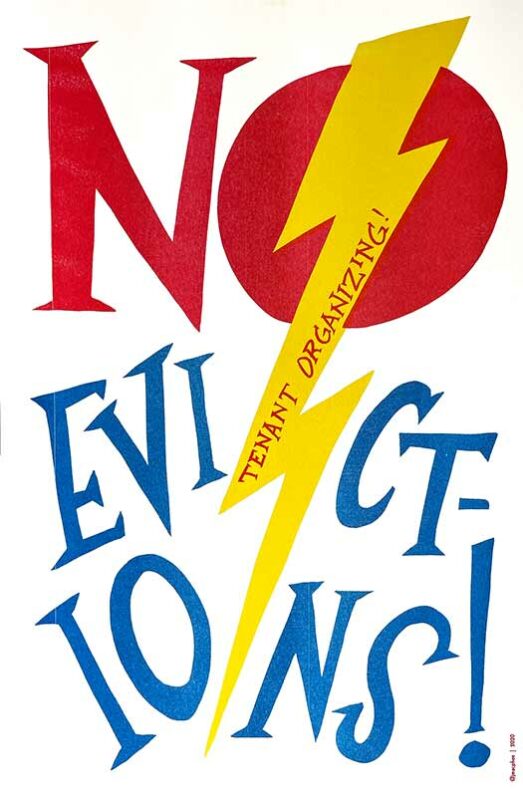
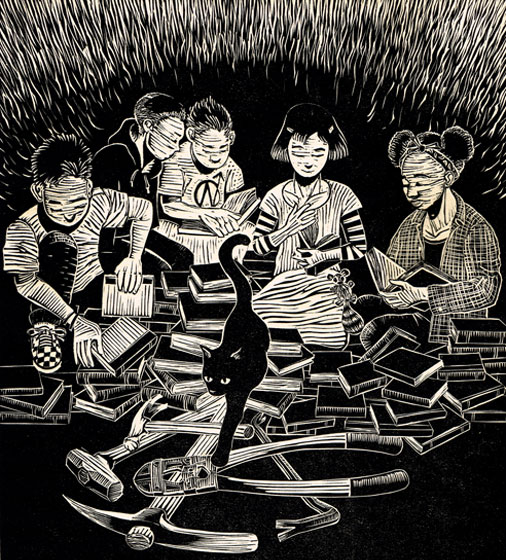
Thanks for this post – sorry that I came to it so long after it was posted – I have been planning to translate some of Stas Markelov’s writings into English – and have searched the web for some mention of him- and came across this excellent post. I think that it will be great if activists around the world hear of Stas and Nastya – two of the bravest people to have lived in Russia in recent years. Вечная им память (eternal memory to them). My two posts on Markelov (the second a translation of one his most important texts) are here: http://afoniya.wordpress.com/2012/08/09/the-continuing-relavance-of-stanislav-markelov/
http://afoniya.wordpress.com/2012/05/10/stas-markelovs-patriotism-as-diagnosis-a-translation/